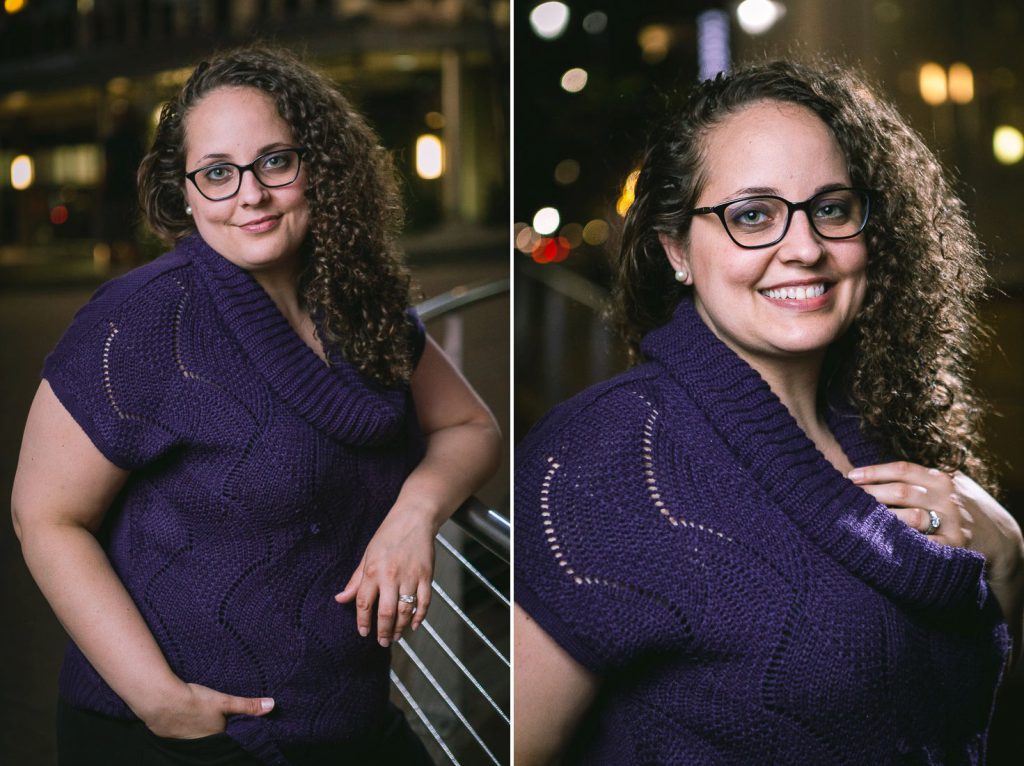Virtually everyone who is serious about their career today should probably have a headshot created for them. Knowing, even in a vague sense, where you’d like to be professionally means you should be thinking about how to connect with people who have access to those circles. And more importantly, making sure your headshot is tailored to help you connect with those people.
There are three major categories of headshots, but they are not mutually exclusive. There’s definite overlap. Within the three kinds of headshots, there essentially two different ways to do them. “Traditionally” or “Environmentally”.
A traditional headshot is one where there is absolutely no context. It’s your face, your shoulders, some of your torso, and an indistinct backdrop. These kinds of headshots are 100% about how you connect with the viewer through non-verbal communication of your facial expressions. They’re also more often than not, the kinds of images performers and actors need.
Environmental headshots on the other hand, are created amongst natural settings, such as cities, parks, office buildings, anywhere the photographer can take a light kit. These images use the context to support a message about the person. For example, a realitor might be pictured in a model home. A doctor, in a doctor’s office. A Mom-blogger in a garden, her kitchen or her home office.
Your photographer will help you decide whether traditional or environmental headshots are right for you.
The four primary kinds of headshots are Corporate, Commercial and Theatrical. Here’s how they differ.
Corporate
A corporate headshot is typically straight foreword. At its most basic, it’s supposed to represent you at the level of professionalism that is expected from your position, or the position you hope to get. When done environmentally, it subliminally reinforces the congruence between the impression you give and what you do day to day. Corporate headshots are named as such because they relate to corporations, or people who deal with corporations. Actors and performing artists almost never need them.
Commercial
Commercial headshots are similar to corporate headshots, but are often used by actors, performing artists and those looking for personal branding. Their intent is to capture your best first impression, on the best day of your best work week. For an effective commercial headshot, you only need a general idea of your audience because the goal is to attempt to come across as engaging. To come across as someone people would generally want to meet.
Theatrical
Theatrical headshots are almost exclusively used by actors and performing artists. These headshots demand an actual demonstration of personal range. Simplistically speaking, that means an image in loungy clothing, an image with casual saturday attire and an image in formal wear. More accurately, a theatrical image places the onus largely on your plate. The actor must act. Theatrical headshots may prove useful to those looking brand themselves as well, since your personal brand may span a range.

